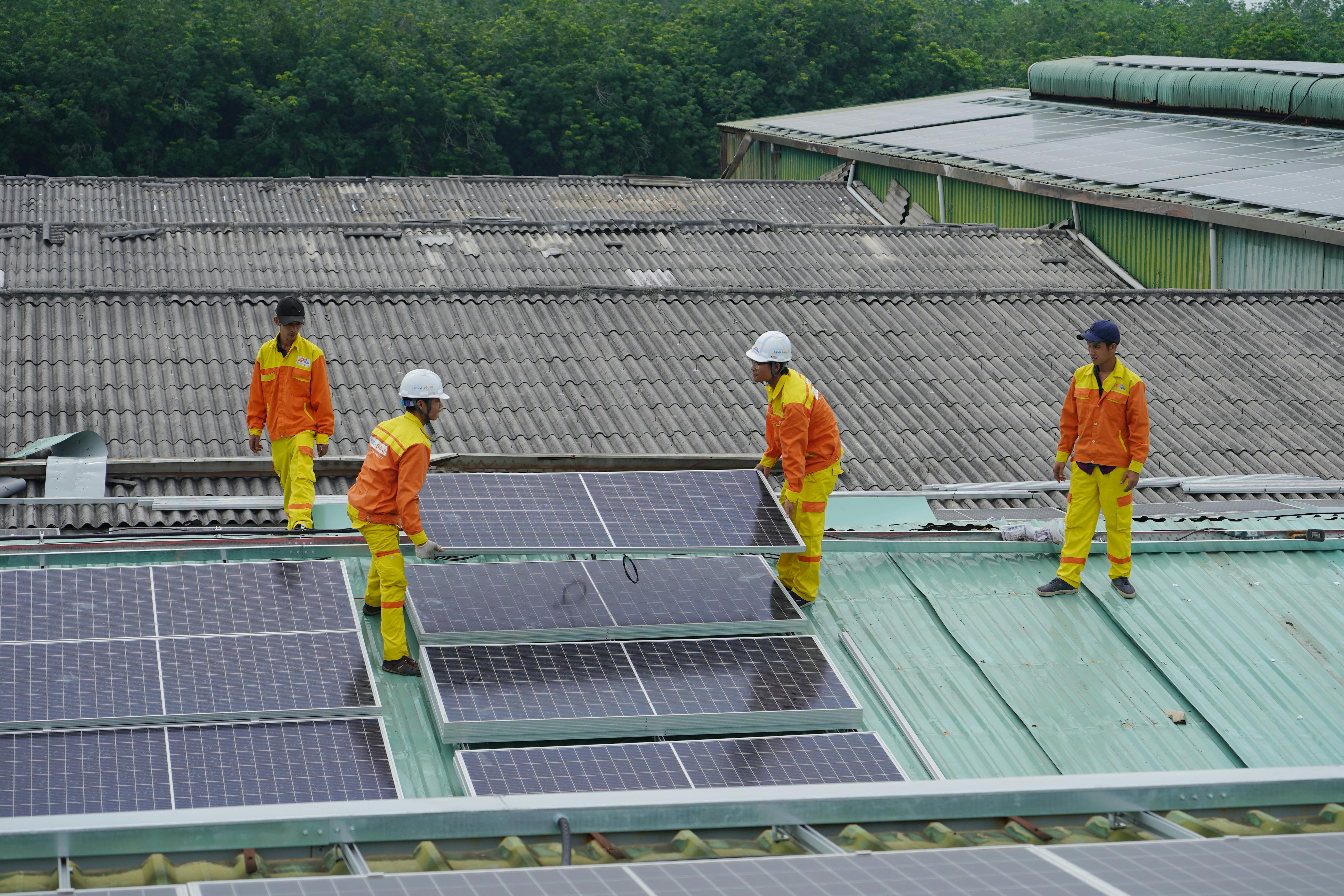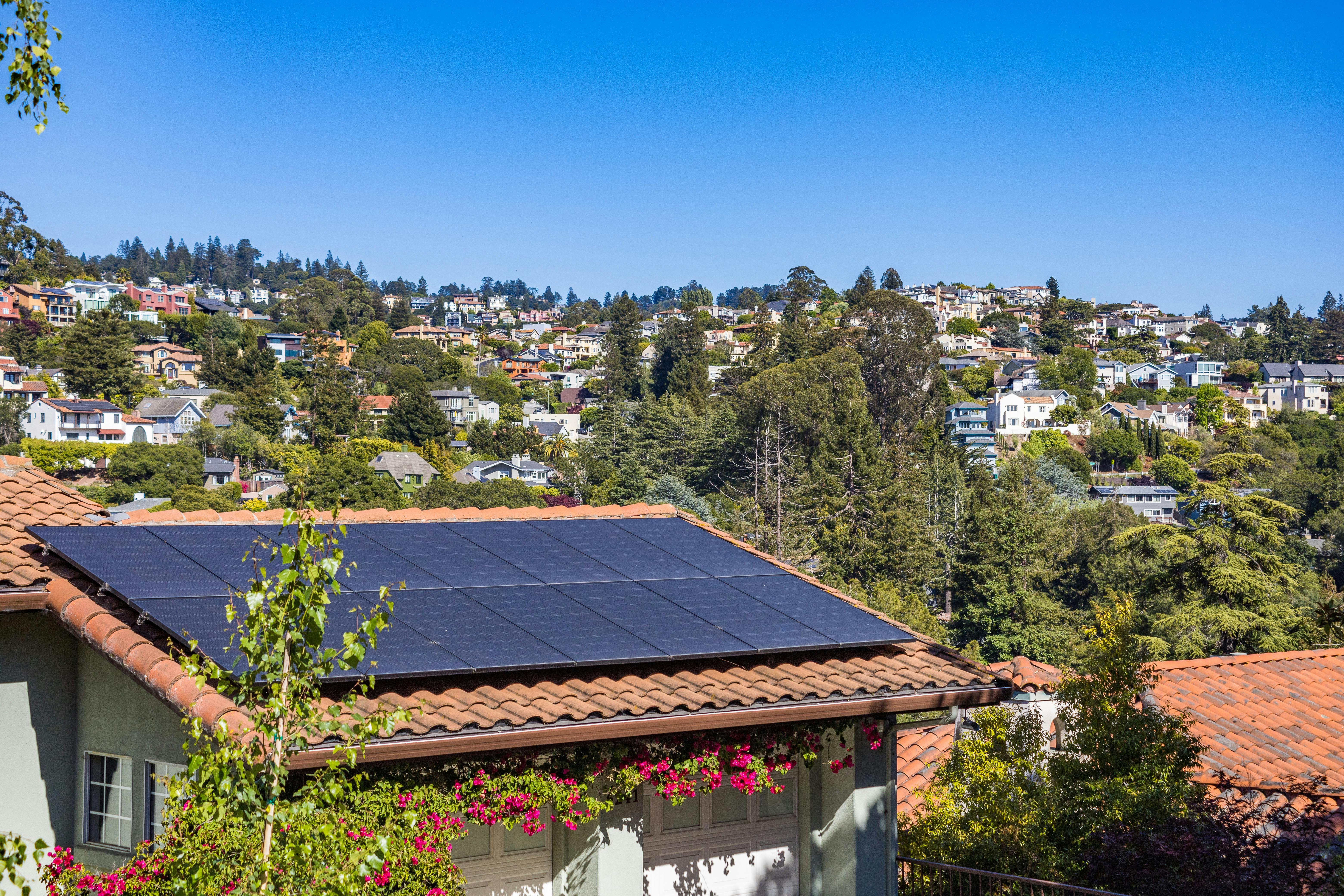How to Optimize Solar Panel Installation Costs for Homeowners in Malaysia
There’s usually one question people ask me before anything else: “How much does it actually cost to get solar panels installed at home in Malaysia… and can I honestly save money?” If you’re looking for a straightforward answer—pricing, practical tips, and a realistic guide on reducing your solar panel installation costs here in Malaysia—this article will walk you through everything I’ve learned, every local mistake I’ve seen, and all the ways you can optimize your investment. No sales pitch, just what’s genuinely worked (and what hasn’t) for everyday Malaysians. Whether you’re a tech-curious homeowner, a bargain-driven parent, or an eco-conscious retiree weighing return on investment, this guide is for you.
Right off the bat: Malaysia’s solar market is not the same as Singapore’s, Australia’s, or the US. We have tropical rain patterns, evolving government subsidies, unique installation challenges, and an energy grid mix that means your solar payoff depends just as much on how you install as what you install. I’ll clarify the core cost factors, bust a few common myths, and give you a table comparing real 2025 upfront, installation, and maintenance costs in Ringgit.
Understanding Solar Panel Costs in Malaysia
Let’s start with the basics. In 2025, the average residential solar panel system (4kWp–10kWp, enough for a 2–4 bedroom terrace house or semi-D) will set you back anywhere between RM18,000 to RM45,000, all-inclusive. But those numbers can mean nothing if you haven’t seen what’s actually included. When I first compared quotes for clients back in 2019, I quickly realized that Malaysian installers varied massively in how they priced: some offered “bundle deals” that left out inverter costs; others didn’t include site analysis or paperwork fees.
| System Size (kWp) | Typical Upfront Cost (RM) | Estimated Annual Savings (RM) | Ave. Payback Period (years) |
|---|---|---|---|
| 4 | 18,000 – 24,500 | 2,830 – 4,150 | 5–7 |
| 6 | 23,500 – 32,500 | 4,240 – 5,980 | 5–6 |
| 10 | 38,000 – 45,000 | 6,980 – 8,900 | 4–5 |
What stands out for me (and most homeowners I meet at workshops) is the wide range in payback period—even with all the rebates, installation efficiency, and savings over time, the “break-even” moment is still 4 to 7 years depending on your consumption pattern and installer skill. The more I dig into this for clients, the more I realise there’s no universal answer. You have to ask your installer tough questions.2
Main Cost Factors: What Actually Matters
- Solar panel quality & brand: Different brands (e.g., JA Solar, Trina, Longi, SunPower) offer different efficiency and projected lifespans. Top-tier panels may cost RM10,000 more but last five years longer3.
- Installer experience: Here’s what I’ve learned the hard way—local installer reputation directly affects warranty support and maintenance costs. Don’t cheap out if it means poor aftercare4.
- Site specifics: Roof type, shading, and structure can add RM2,000–RM8,000 to your install. A client in Penang paid extra for reinforced trusses after an engineer site survey.5
- Wiring & inverter selection: Most homeowners confuse inverter quality with panel efficiency. In reality, it’s often the main source of system breakdowns—and price jumps.
- Licensing & paperwork: Singlehandedly my least favourite hidden cost: SEDA permits, TNB grid applications, and local council filings. Expect RM800–RM2,500.
- Maintenance over time: “Zero maintenance” is a myth. Budget RM200–RM600 per year for cleaning, check-ups, and minor fixes.6
Government Incentives & Rebates
Government incentives can reduce your solar installation costs by 20%–40% on paper. But it’s a moving target: SEDA rebates, NEM credits, and income tax relief all play unpredictable roles. Back in 2023, I saw several Klang Valley families miss out on RM8,000 rebates simply because their installer didn’t process applications on time.8 Always check current eligibility and ask for official guidance before signing contracts. Want to see the rebates visually? Here’s a quick rundown:
| Incentive Type | Potential Savings | Eligibility (2025) |
|---|---|---|
| SEDA Rebate | Up to RM10,000 | First install, residential only |
| NEM Credit | Net metering bill offset | All grid-tied systems |
| Income Tax Relief | RM4,000 per year | Malaysian citizen |
In short: the rebates exist, but you need proactive documentation and installer support. I’ll break down the process next.
Hidden Costs & Reality Checks
Let me step back for a moment—here’s what trips up most Malaysian homeowners: “hidden” costs. The first time I helped a friend in Subang install a system, the extra wiring and council permits added RM3,000 we hadn’t planned for. Contractors rarely highlight these additions in glossy brochures. Here are the most common budget busters, based on what’s tripped up real families:
- Structural upgrades: Surprise repairs for old roofs or trusses—especially in pre-2000 homes.
- Meter replacement fees: TNB may require a newer smart meter. Can be RM400–RM1,500 extra.9
- Additional insurance: Some mortgage lenders mandate coverage for solar installations.10
- Permit delays: Every week a client has a permit stuck or delayed, adding labor and scheduling costs.
- Panel cleaning services: Surprisingly important if you have heavy tree coverage or live near a highway.11
First Steps: How to Get an Accurate Quote
If you’re ready to get specifics, here’s the workflow that’s worked “best” for my clients—and the checklist I wish someone had handed me early on:
- Assess your energy needs: Audit your monthly TNB bill—how much is your peak daytime usage? Target a system that covers only what you’ll realistically offset.
- Contact at least 3 vetted installers: Read independent reviews (not just Google or Facebook!) and check SEDA registration. Ask for recent customers’ feedback.12
- Demand a full-site survey: Professional inspection of your roof, electrical wiring, structural issues, and expected sunlight exposure.
- Get itemized quotes: Contractor should breakdown panels, inverters, labor, permits, warranties, and long-term servicing.
- Double-check government rebates: Insist on written documentation. SEDA, NEM, and tax relief eligibility should be signed off before installation begins.13
What tends to happen—especially with tech-focused clients—is jumping straight into brand comparisons before sketching the real energy footprint. My current thinking? Focus on needs, not specs, and calculate ROI based on local grid rates and sunlight hours (not just ideal efficiency claims by manufacturers).
Step-By-Step: Optimizing Installation Costs
There’s no perfect recipe, but here are proven methods—from industry insiders and trial by error—that help Malaysian homeowners get the best value:
- Time your installation seasonally: Install during the dry months (typically March–June); labor and material costs spike during November–December rains.14
- Negotiate for extended warranties: Local installers often add 1–2 years for free if asked up front.
- Group purchase with neighbors: Community installs can attract bulk discounts (up to 15%).
- Choose local brands for service ease: JA Solar and Longi have larger service networks than imported panels.15
- Monitor for annual government updates: Incentive eligibility can shift yearly. Always check SEDA and TNB sites before committing.16
Common Mistakes to Avoid
- Avoid under-sizing: Hoping to save by installing a tiny system often leads to lower savings and wasted rebates.
- Don’t skip paperwork: Unregistered installs risk future fines and loss of NEM eligibility.
- Beware “cheapest wins”: Seductive RM15,000 quotes usually cut corners on mounting hardware and inverter warranties.
Expert Question: Is Solar Worth It in Malaysian Climate?
On second thought, I should clarify one thing: Not every house will reach break-even in under five years, especially those with low electricity consumption. But for mid-to-large terrace homes, ROI is increasingly attractive.

Advanced Techniques: Reducing Costs Over Time
What strikes me most is how much cost optimization depends on ongoing care—not just upfront smart shopping. Here’s what I’ve seen in homes from Penang to Johor: a cheap install is only cheap if the system keeps running efficiently over a decade. Plus, with Malaysia’s humidity and frequent storms, regular checks aren’t optional.6
Long-Term Cost Reduction Table
| Strategy | Potential Annual Savings (RM) | Implementation Notes |
|---|---|---|
| Regular Cleaning & Inspection | 300 – 900 | Reduces drop in output; boosts warranty coverage |
| Smart Inverter Monitoring | 500 – 1250 | Detects faults early, maximizes exported energy |
| Seasonal Usage Optimization | 200 – 600 | Shift high-power appliances to daylight hours |
| Monitor NEM Credit Regularly | 400 – 1100 | Claim excess credits quickly; avoid grid penalties |
Personal Anecdote: When the Numbers Lied
Funny thing is, I used to think any system advertised as 95% efficient would perform exactly that way year after year. Not true. My earliest install failed to deliver on billed savings until we rejigged the installation angle and invested in yearly cleaning. Clients in the last few years have seen the same pattern. Numbers on paper don’t always tell the truth.
Comparing Malaysia to Regional Markets
Ever notice how stories about “cheap solar” usually reference Singapore or Thailand? Malaysia’s market dynamic is a bit different—here’s how we stack up in 2025, and why:
| Country | Average Install Cost (RM/kWp) | Grid Purchase Rate (RM/kWh) | Gov Incentive Level |
|---|---|---|---|
| Malaysia | 4,000–4,800 | 0.50 | High (SEDA, NEM, Tax Relief) |
| Singapore | 6,000–6,800 | 0.60 | Low (Carbon Credits Mainly) |
| Thailand | 5,200–6,200 | 0.48 | Mid (Cash Rebates) |
How to Future-Proof Your Solar Investment
- Choose upgradeable inverter models (supports battery addition down the line).
- Opt for longer warranty periods and check for transferable coverage (in case you sell your home).
- Stay updated on new rebate schemes via SEDA and TNB announcements.
FAQ: Questions Malaysian Homeowners Should Ask
- How much can I save on my TNB bill each year—after factoring in maintenance?
- Are all components (panels, inverters, mounts) SEDA and TNB approved?
- Will my installer provide lifetime support, or just initial setup?
- What recourse exists if I don’t get promised rebates?
By and large, the best outcomes come from proactive learning. Just yesterday, a client revised her install timeline based on forecast heavy rains—smart decision, since repairs tripled for neighbors who rushed installs in monsoon season.
Summary and Next Steps
Let me think about this for a moment: if you’re considering home solar installation in Malaysia, the real takeaway is this—don’t just chase the lowest quote. Attack each step with critical questions, realistic costing, and proactive documentation. Having worked with dozens of installers and homeowners since 2018, I’m convinced that real savings spring from:
- Getting your site professionally assessed and planning for hidden structural costs.
- Claiming every eligible government rebate—early and with full paperwork.
- Scheduling installs for optimal weather windows.
- Negotiating for long warranties and ongoing support.
- Monitoring the health and output of your system over time.
Actually, let me clarify once more: No single action guarantees lowest total cost—but stacking all these strategies shifts your break-even point earlier, locks in rebates, and keeps your system running at peak efficiency. The jury’s still out on whether battery storage ROI works for Malaysian homes (feel free to challenge this in a community thread), but panel-only installs deliver strong value for most terrace and semi-D owners. Oh, and always—always—demand SEDA/TNB paperwork and written warranties up front.
References
Final thought: As solar technology and incentives evolve monthly in Malaysia, bookmark this guide and check back for annual updates—most cost factors, rebate rates, and optimal system recommendations will only get better. If you’ve got direct questions or want to share personal install experiences, get involved in your local energy community or online homeowners forums. Knowledge and sharing unlock the best solar outcomes.



